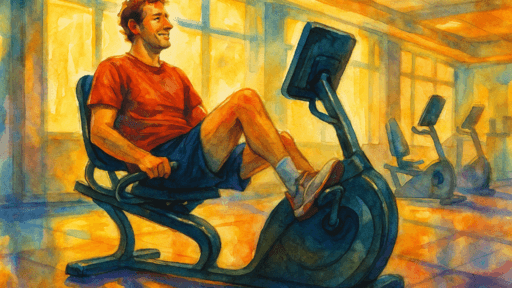“The noblest art is that of making others happy.”
P.T. Barnum
When I was ten, I decided my life’s calling was to become a magician. Not just any magician, mind you, but one of those who could make rabbits appear out of top hats and levitate assistants named Sophia. I had visions of grandeur, where applause was abundant, and every child in the audience wished they were me. It wasn’t until my first trick—producing an embarrassingly lifeless rubber chicken instead of a live rabbit—that I realized something crucial: making others happy is a lot harder than it looks.
This epiphany, albeit painful at the time, opened my eyes to a profound truth. The real magic, it turns out, isn’t in the sleight of hand but in the sleight of heart. Making others happy is an art, a noble pursuit that requires more than just tricks and illusions. It demands genuine effort, a touch of empathy, and a willingness to look silly holding a rubber chicken if it means someone else will laugh.
Take my Tía Ruthie, for example. She has this uncanny ability to make anyone feel special, even if they are just a distant cousin’s friend’s dog-sitter. Her secret isn’t a well-timed card trick but rather her attention to detail. She remembers names, birthdays, and how you like your tea. Tia Ruthie makes you feel seen, and in that visibility, happiness sprouts like dandelions in spring.
Then there’s my friend Kevin, who, for the past 15 years, has volunteered at a local hospital. He shows up with his guitar and plays music for patients, families, and staff. He might play just a song or two during his visits, but those songs are a bridge to make a connection. They spark conversations, recall stories, or trigger memories, and those moments help give a break in the day or take people’s minds off things while they are visiting the hospital. Kevin, through his simple acts of kindness, taps into the essence of happiness: the joy of shared experience, of creating memories that glitter long after the music has stopped.
The pursuit of making others happy doesn’t always have to be grand. Often, it’s in the small gestures that the biggest impacts are made. Consider the time I attempted to cook a surprise dinner for my wife early in our marriage. The meal was a disaster, a charred symphony of overcooked pasta and undercooked chicken. But as we sat there, laughing at the culinary catastrophe, I realized that happiness had snuck in through the back door, disguised as a shared laugh and a mutual acceptance of my limitations as a chef.
Even in the workplace, the art of making others happy can transform the mundane into the memorable. Take Reva, a former coworker of mine, who used to leave little post-it notes with inspirational quotes on everyone’s desks. These tiny slips of paper, often crumpled and ink-smudged, had the power to brighten a Monday morning more effectively than a triple-shot espresso. Reva’s notes reminded us that we are more than just our spreadsheets and marketing plans—that there’s a whole world of possibility beyond the confines of our cubicles.
At the heart of it all, making others happy is about connection. It’s about recognizing the shared humanity in everyone we meet, from the barista who gets our name wrong every morning to the neighbor who borrows our lawn mower and never returns it. It’s about choosing kindness, even when we’re tempted to choose convenience, and finding joy in the act of giving rather than receiving.
So, next time you’re faced with the opportunity to brighten someone’s day, remember this: you don’t need a magic wand or a top hat. Sometimes, all it takes is a rubber chicken, a bit of empathy, and a willingness to laugh at yourself. Because the noblest art, as I’ve learned, isn’t about the grand gestures but the genuine ones. And if you can master that, well, you’ve already performed the greatest trick of all.





